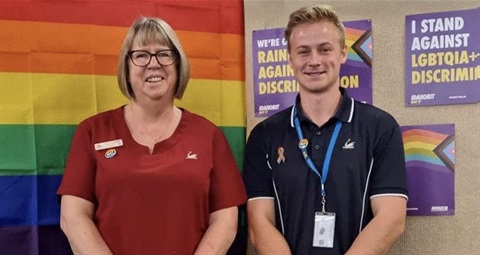Gender Equality

Council recognises that improving gender equality is an important issue. This is endorsed in our strategic documents such as:
Council is committed to creating better and fairer outcomes. We aim to ensure all people have access to opportunities, services, and resources by:
- Considering the different needs of people of all genders
- Doing everything we can to ensure resources are distributed and used equally
- Applying a gender lens to policies, programs, or services
Gender Equality Act
The Gender Equality Act 2020 commenced on 31 March 2021. The Act promotes gender equality by requiring the Victorian public sector, local councils, and universities to take positive action towards achieving workplace gender equality. These organisations must consider and promote gender equality in their policies, programs, and services.
The Act also recognises that factors besides gender impact people’s ability to participate equally. It requires organisations to use what is called an ‘intersectional’ lens wherever possible. Intersectionality refers to how different aspects of a person’s identity can expose them to overlapping forms of discrimination and marginalisation.
Aspects of a person’s identity can include social characteristics such as:
- Aboriginality
- Age
- Disability
- Ethnicity
- Gender
- Race
- Religion
- Sexual orientation.
The Act requires organisations to consider these when developing strategies and measures to promote gender equality.
Council has the following obligations under the Act:
- Complete Gender Impact Assessments on Policies, Programs, and services that have a direct and significant impact on the public
- Conduct a Workplace Gender Audit
- Put in place a Gender Equality Action Plan. The action plan will include:
- results of the Workplace Gender Audit
- strategies for achieving workplace gender equality.
- Publicly report on the progress of workplace gender equality
The Public Sector Gender Equality Commissioner supports and monitors compliance with the Act.